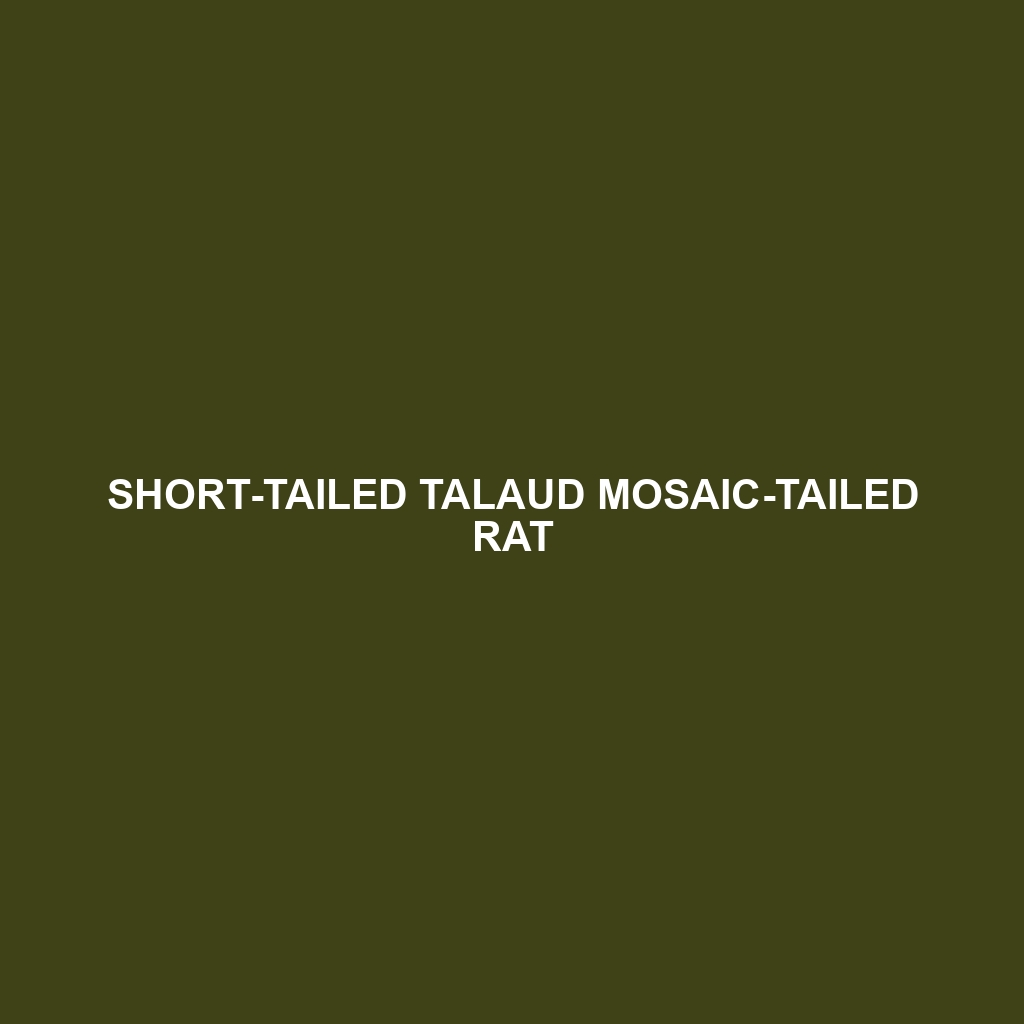Hinde’s Long-tailed Pouched Rat
Common Name: Hinde’s Long-tailed Pouched Rat
Scientific Name:
Habitat
The Hinde’s Long-tailed Pouched Rat is primarily found in the forests and shrublands of East Africa, particularly in regions of Kenya and Tanzania. This species prefers habitats with dense vegetation and access to moisture, typically residing in tropical and subtropical forest ecosystems. Their reliance on specific environmental conditions makes them sensitive to habitat degradation.
Physical Characteristics
Hinde’s Long-tailed Pouched Rat exhibits a medium size, with adults averaging around 40 to 50 cm in length, including their long, bushy tail. Their fur is predominantly brown to gray with lighter underparts, providing effective camouflage in their natural environment. A distinct feature of this species is its prominent cheek pouches, which are used to store food, along with a slender, elongated body shape that aids in foraging.
Behavior
This species is primarily nocturnal, active during the night when it forages for food. Hinde’s Long-tailed Pouched Rat is known for its social structure, often living in small family groups. Communication through vocalizations and scent marking plays a vital role in maintaining social bonds and territoriality. Their agile movements and foraging strategies make them adept at navigating dense underbrush.
Diet
The diet of the Hinde’s Long-tailed Pouched Rat consists mainly of seeds, fruits, and tubers. They are also known to consume insects and other small invertebrates, making them opportunistic feeders. Their ability to store food in cheek pouches allows them to transport sustenance back to their nests, which is particularly beneficial during lean periods.
Reproduction
Breeding typically occurs during the rainy season when food availability is high. After a gestation period of approximately 28 to 30 days, females give birth to litters of 2 to 5 pups. Offspring are born blind and helpless, relying on the mother’s care for survival in their early weeks. Parental investment is significant, with both parents contributing to the nurturing and protection of their young.
Conservation Status
Currently, Hinde’s Long-tailed Pouched Rat is classified as endangered due to habitat loss and fragmentation. Conservation efforts are crucial to preserving their remaining habitats, which are increasingly threatened by agricultural expansion and logging.
Interesting Facts
Did you know that the Hinde’s Long-tailed Pouched Rat is one of the few rodent species known to have cheek pouches for food storage? This unique feature not only aids in their survival but also helps in their role as seed dispersers in their ecosystem.
Role in Ecosystem
Hinde’s Long-tailed Pouched Rat plays a significant role in its ecosystem as a seed disperser. By foraging and moving seeds through their territory, they contribute to plant diversity and the health of forest ecosystems. Additionally, their presence supports various predator species, making them an integral part of the food web.
